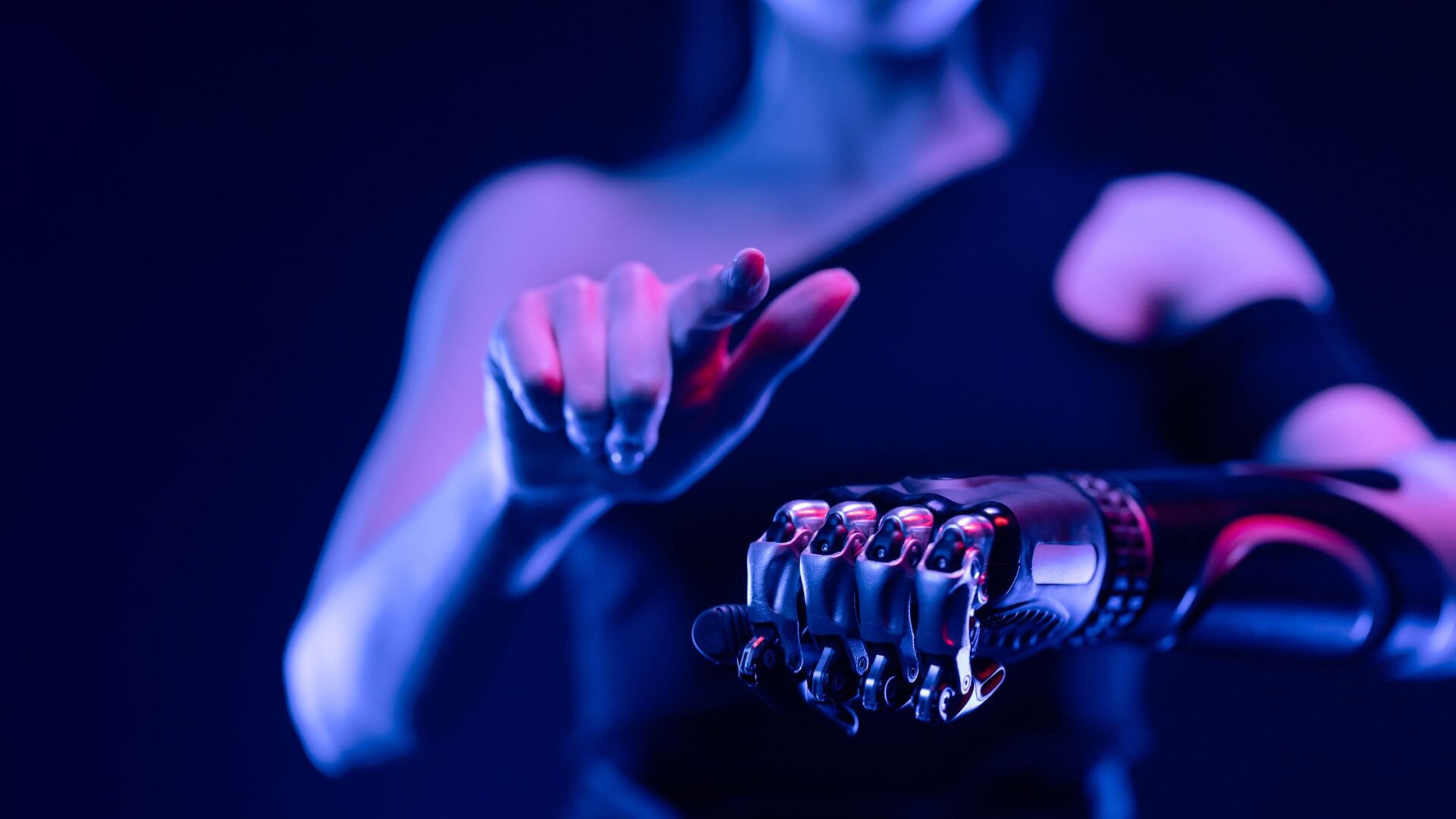Key Takeaways
- Xicoia’s new AI “actress” Tilly Norwood faces a union revolt.
- SAG-AFTRA insists AI is a tool, not a performer.
- Actors worry AI will steal their roles and income.
- The clash mirrors last year’s strike for fair treatment.
Hollywood studios have raced to use artificial intelligence. However, the Screen Actors Guild union says AI crosses a line. Now Xicoia’s AI creation, Tilly Norwood, sits at the heart of the storm. She never walked onto a real set. Yet a film trailer bills her as the next big star. As a result, actors and writers feel threatened. Moreover, they argue that AI can’t match a human soul.
SAG-AFTRA Pushes Back on Tilly Norwood
First, the union reminded studios of last year’s strike. During that walkout, performers demanded fair pay for streaming and AI work. Then they won clauses that restricted studio use of replicas and deepfakes. Consequently, SAG-AFTRA views any AI “actor” as a breach of trust. They argue that a computer program lacks emotion. For instance, it can’t improvise with on-set partners. Therefore, using AI in this way could undercut real performers.
Studios, on the other hand, claim AI can save money and time. They say AI can fill minor roles, handle stunts and even dub voices. Yet SAG-AFTRA sees a slippery slope. If producers lean on AI, fewer humans will get auditions. Step by step, more jobs could vanish. Hence the union’s strong reaction to Tilly Norwood’s unveiled performance.
What Makes Tilly Norwood Not a Real Performer
Tilly Norwood looks real in the trailer. Her face moves, she delivers lines, and she interacts with sets. Still, every detail comes from code and data. She lacks life experience or a personal backstory. Moreover, AI learns from existing actors. Thus, it might copy their mannerisms without consent. That raises both ethical and legal questions. Who owns the original performances that built the AI model? For these reasons, the union calls her a false performer.
Furthermore, a true actor brings creativity to each take. They add subtle shifts in tone or pause to build suspense. AI simply follows programmed patterns. Even if she glows on screen, she cannot create new art. Instead, she remixes old footage and scripts. Consequently, the union demands that studios treat AI as a special effect, not a cast member. People need to know that no real person stands behind those eyes.
Balancing AI Innovation and Human Artistry
Nevertheless, AI can help the film industry in some areas. It can speed up editing, fix audio glitches and design props in 3D. Moreover, it can aid accessibility by generating captions or dubbing voices. Therefore, it has a place behind the camera. At the same time, people crave genuine connection with a live actor. They want to see real pain, joy or surprise on someone’s face.
Thus, many experts call for clear rules. For example, any AI character should bear a label. Audiences would then know they watch a digital creation. Also, unions and studios could negotiate new contracts that cover AI use. That way, actors receive a share when their data helps train AI. Ultimately, innovation and artistry can coexist when both sides agree on limits.
What Comes Next for Tilly Norwood and Hollywood
Right now, Xicoia stands firm. The company says Tilly Norwood proves AI can conquer new creative frontiers. Meanwhile, SAG-AFTRA reminds the public that real actors shaped every blockbuster. They plan to meet with the studio to demand more transparency. If talks fail, they may pursue legal action. Furthermore, other guilds, like the writers’ union, watch closely.
As a result, the entertainment world braces for a fresh showdown. On one side, tech firms push for wider AI roles. On the other, artists defend the craft that humans built. Yet both sides share a goal: delivering thrilling stories to fans. The question is how to protect historic jobs while letting new tools enhance creativity.
The Last Word on Tilly Norwood’s Role
In the end, Tilly Norwood symbolizes the modern clash between art and algorithm. She shows AI’s promise, but also its limits. For now, studios will likely slow down AI casting until they find a fair deal. They must ensure that real actors receive credit and pay when AI borrows from their work. Otherwise, Hollywood risks losing the very heart that draws people to theaters.
Ultimately, audiences will decide if AI characters can carry a film alone. Yet most viewers still love the nuances a human face can reveal. Hence, Tilly Norwood’s saga might end as a lesson. Technology can support storytellers, but it cannot replace them.
Frequently Asked Questions
What is Tilly Norwood?
Tilly Norwood is a fully digital “actress” created by Xicoia. She appears in trailers and ads, but she has no human actor behind her.
Why did SAG-AFTRA oppose this AI actress?
The union argues that AI lacks emotion and creativity. They also fear AI will cost actors roles and reduce their earnings.
How could AI affect actor jobs?
AI may fill small parts, stunt roles or background scenes. If unchecked, it could slash auditions and pay for real actors.
What does this mean for future films?
Moving forward, studios and unions must agree on rules. They need clear labeling and fair compensation for AI training data.

